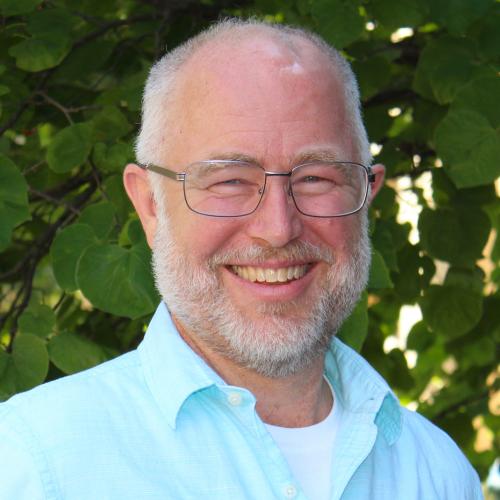Senior Research Scientist Martin Wolske and four GSLIS graduate students are working on a new project called, “Digital Literacy for ALL Learners.” The project, funded by the Illinois Department of Commerce and Economic Opportunity, will be a collaborative effort involving community volunteers and five local sites that will serve as community technology learning centers in Urbana-Champaign: Urbana Free Library, Champaign Public Library, Urbana Neighborhood Connections Center, Tap In Leadership Academy, and Kenwood Elementary School.
The goal of the project, which will continue through June 2015, is to foster basic digital literacy by teaching community members technology literacy skills. This particular project is unique because it employs a project- and capability-based approach rather than a more traditional approach of teaching skills like mousing and keyboarding.
As Wolske, the principal investigator, explained, there is a saturation in digital literacy instruction with regard to hardware skills, and many new computer users can’t accomplish things that are meaningful to them simply by learning to operate computer hardware. For example, a person interested in genealogy could receive assistance in locating online databases and navigating those resources to discover historical information about their ancestors. This user would leave with increased computer proficiency as well as digital literacy skills and knowledge of reliable electronic resources.
Digital Literacy for ALL Learners addresses the challenge of making digital literacy learning meaningful by applying a capability approach. Teachers in this new program will take into account the capabilities, values, and goals of individual students and guide them in solving problems that have personal meaning, helping them learn ways of solving those problems using computer technologies or other tools.
“The real importance is creating the capability assets that allow people to achieve those things that they value doing and being, which we are trying to understand. In what ways do they have a lack of capabilities to achieve those things? How might computers support or not support them being able to achieve it?” said Wolske.
Wolske and his team hope their work will benefit more than 675 community members, including 525 youth and 150 adults. “I expect we will exceed that, especially because of the number of volunteers that have already stepped forward,” he said. In addition to the project’s four graduate assistants, volunteers from GSLIS and the community will play a key role in staffing the technology learning centers.
GSLIS students who would like to volunteer can learn more by visiting the project’s Moodle page (login required). Members of the community who would like to participate should contact Martin Wolske.
